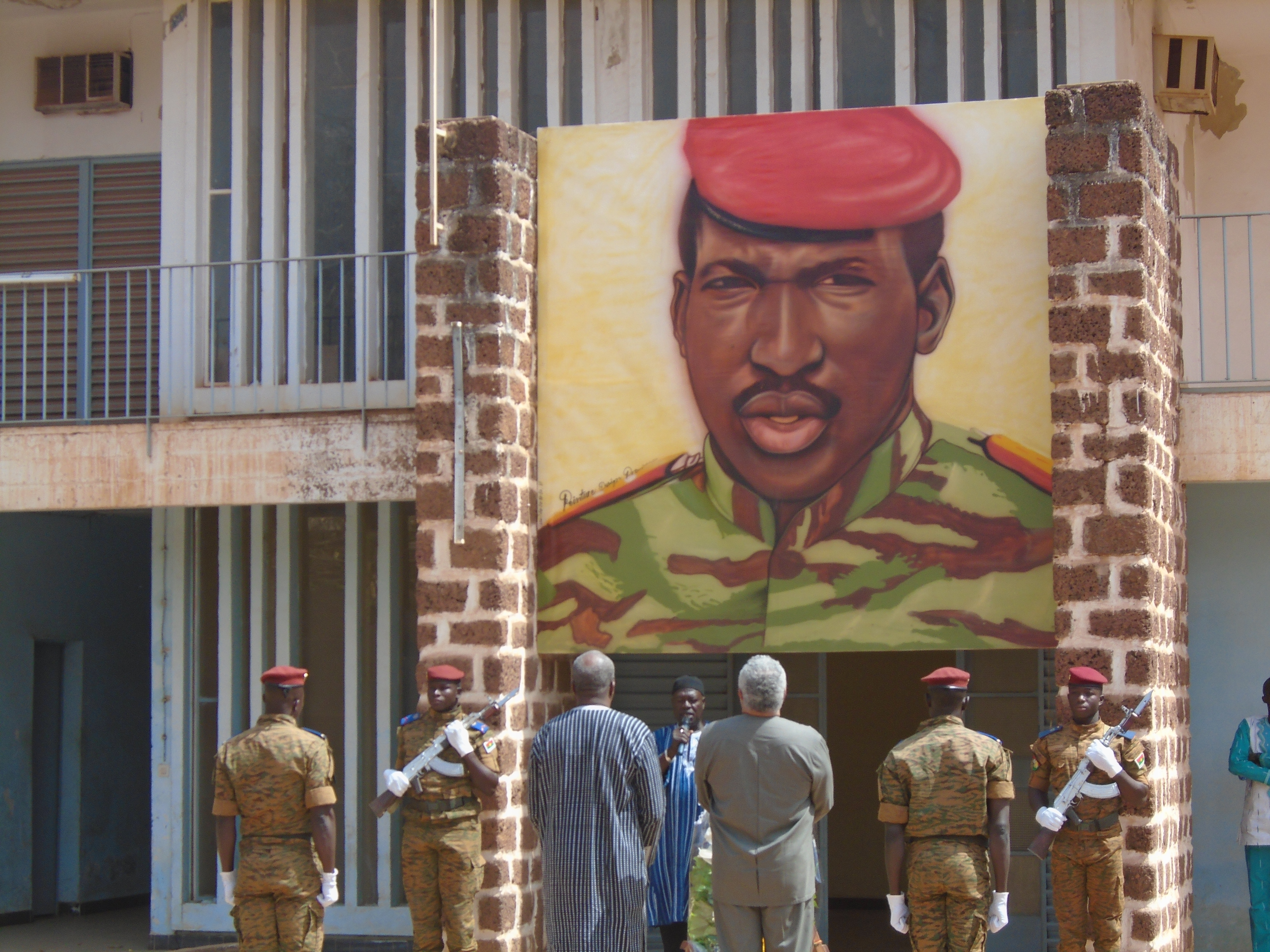As the report from AGRA (2019) and academic research (Villholth 2013) demonstrate, the agricultural production in Sub-Sahara Africa is mainly based on rain-fed small farms which greatly suppresses the productivity of this area as the precipitation amount could be unsuitable for agricultural production. Enlargement of irrigation across Africa could at least improve agricultural development by 50% with other accompanying benefits such as less poverty (AGRA 2019).
In this background, GWI comes to the stage. This kind
of technique is employed by both smallholder farms and large companies. Based
on the research done by Karen
G. Villholth in 2013, the GWI has already extended to many African
countries and contributed to higher productivity. Seeing the potential of this
technique for the future development of African agriculture, multiple actors
including governments, international organizations and commercial sectors also
participate in this process to exploit the groundwater for themselves and for
the local farmers. Countries like Ethiopia, Zimbabwe, and Nigeria have already
begun to subside the development of GWI (Stefa et
al. 2010). Compared to the top-down projects which were popular
during the era from the 1950s – the 1970s, these kinds of small projects proved to be more effective
financially (Villholth
2013) and could avoid problems like the ignorance of weak
participators (Abric et
al. 2011).
 |
| Figure 1: Groundwater irrigation in Africa (UNESCO 2022) |
However, as Richard Connor, lead author and editor of the UN report for UNESCO argued, the development of GWI in Africa lacks professional guidance and proper management. The stakeholders have to solve a lot of detailed questions such as avoiding the tragedy of commons (Harvey 2022). Other questions like unequal access to the groundwater (e.g., van Koppen et al. 2013), the high cost of relevant equipment which may lead to more acreage of cash crops, and the limited coverage of groundwater further complicated the situation (Villholth 2013).
Meanwhile, the GWI is mostly local and on small scales and proved to be unsuitable for some arid countries like Kenya, while many countries in Africa are facing the need to transport water to cultivated land on large scales with unequal water distribution. Climate change which would bring more extreme precipitation and other secondary disasters (Kateta 2022) indicates a more urgent need for such a system. In this situation, we may have to reconsider those top-down projects as they may be the only solution that has enough scale to deal with the current crisis. But considering the complicated questions faced by the African countries mentioned in the last blog, the GWI gives us an important implication that this kind of small scales irrigation project although could not solve the whole problem of food insecurity and irrigation systems, it might be the most effective solution which allows us to mobilize enough water resources in the current situation.
The next long blog will follow one of the successful top-down reforms that aim to solve the food crisis, especially through irrigation in the last century, which is the reform launched by Thomas Sankara Burkina Faso, a story of hero and betrayal.
 |
| Figure 2: Memorial of Thomas Sankara in Burkina Faso (Citeelegance 2019) |
Comments
Post a Comment